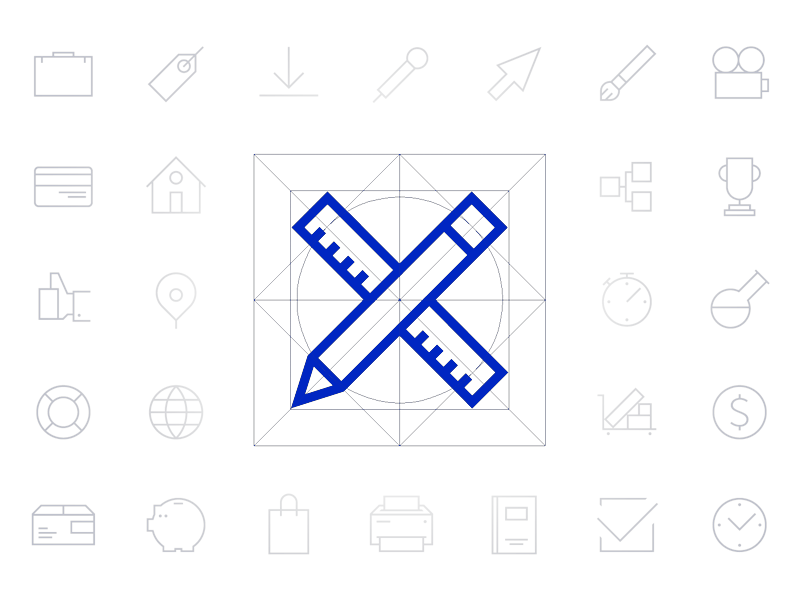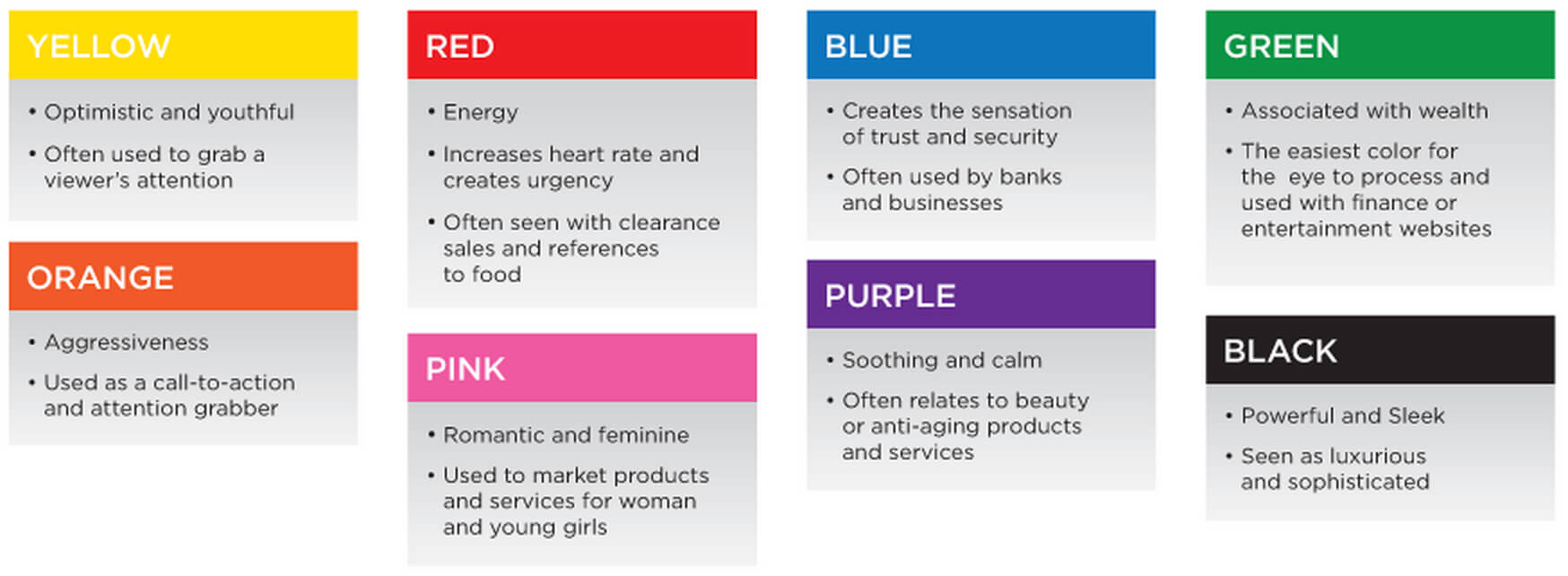Last Updated on February 29, 2024
Someone once said, “Designers are artists who cannot draw.” To counter this, a responder stated, “Designers are psychologists who can draw.” And if you want to create designs that engage and result in conversions for your clients, then you do need to understand the psychology behind human behavior and responses.
The psychology of marketing is nothing new, but the psychology of visual content has become more important for e-commerce, especially what the field of neuroscience has to tell us. To be successful in design, you will need to understand both the principles of psychology as they relate to the words you use and the principles of neuropsychology as they relate to the visuals you create.
The Psychology of Text

The words you use evoke responses, and understanding the psychology of marketing will help you choose the right words to get conversions.
1.Presenting ideas that trigger emotions.
If, for example, you have a product with many great features, you could spend a lot of time describing those features and pretty much boring your readers. Better to use bulleted phrases that briefly highlight the features and spend more time describing how the produce will impact a consumer’s life in a wonderful way – making life easier, creating a great experience, making someone the envy of others, etc. These kinds of appeals trigger emotional responses, and psychology tells us that consumers buy on emotion not rational thought.
2. Create a Sense of Urgency/Fear:

The most common advertising technique and probably the oldest still works, even though we are all well aware of it. In a positive vein, you may place text right around or actually on a CTA button that says, “Grab this Limited Time Offer.” On the negative side, if your client were selling a new type of smoke alarm or security camera, you would appeal to the consumer’s desire to protect himself and/or his family. Your CTA button, then, might say something like, “Get Protection Now.”
3. Give Social Proof and Sense of Belonging:
Designers can do this with smart placement of phrases that give the numerical figures of how many satisfied customers have purchased a product or how many clients have solved their project management issues with a specific software, app or tool.
4. Give a Unique Value:
Make the potential customer believe that s/he is getting something special, a great deal, a discount, a free trial. And place it prominently by or on a CTA button.
Here is an example of how Basecamp, a project management firm, uses all of the above-mentioned tactics in a very simple design.
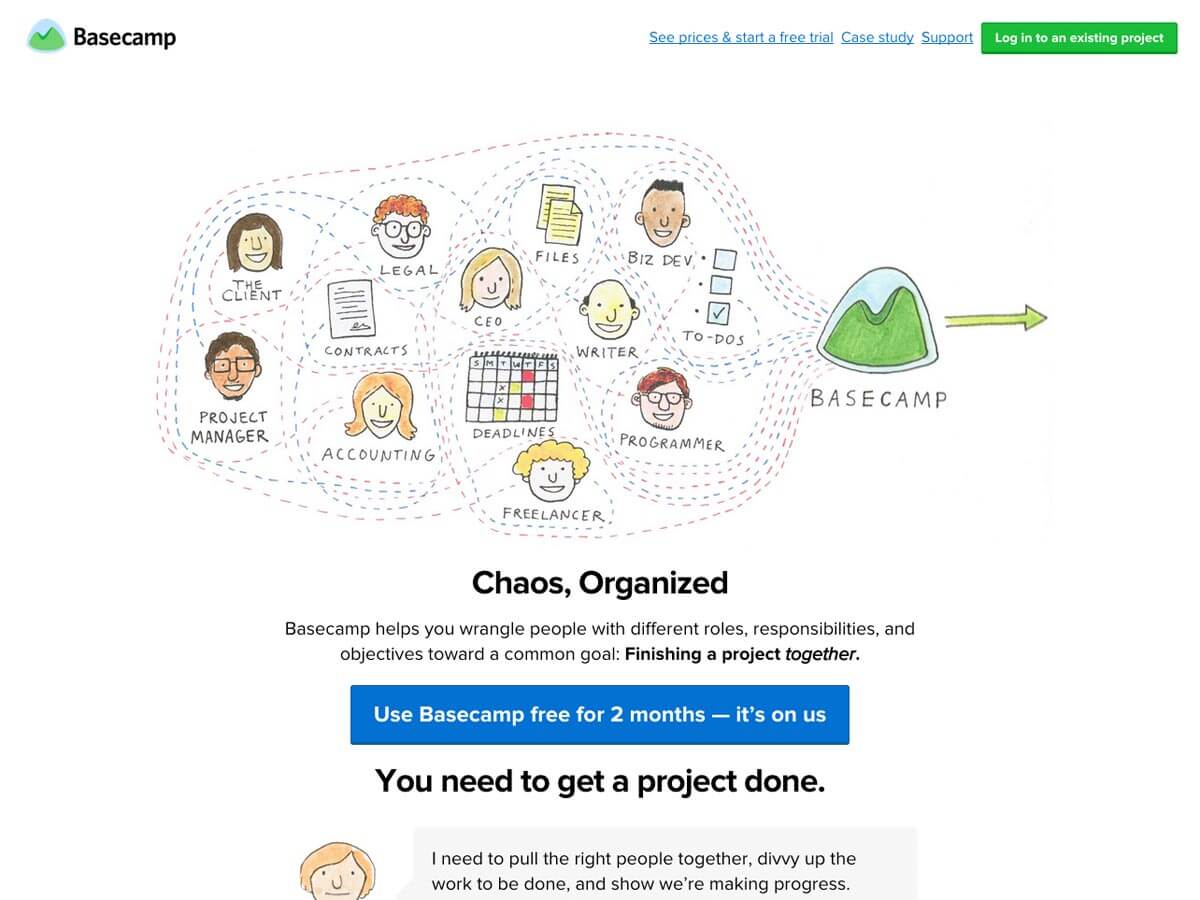
First are the emotional triggers – the pain points that a potential client may face. Getting everyone to work together will eliminate the chaos of project completion. Note, there is no description of the product.
Second, a sense of urgency is somewhat given by using the word “Chaos.” Chaos means things are dis-organized and projects may not be completed well or on time. Urgency is further reinforced by the phrase, “You need to get a project done.”
Third, there is the social proof and sense of belonging. “4,869 companies signed up to use Basecamp just last week.”
Fourth, a unique value is offered – the free trial. Adding the “It’s on us” serves to reinforce getting something on “someone else’s dime.”
The Psychology of Visual Content
Most of design is, of course, visual. And choosing images, placement, colors, and shapes all influence the brain. Here are some things to consider:
1. Visceral Responses:
Sometimes, we just look at a visual and immediately love it or hate it. We cannot, however, explain why in many instances. This is because our unconscious minds are responding viscerally to that image because of certain triggers. Most psychologists claim that visceral responses are those that relate to basic needs and desires – love, comfort, safety, food, survival, and threat. They also state that getting positive visceral responses tend to be far better for marketing. Using water or a serene pastoral setting, if only as a background, will be pleasing. Using an open sleek design will promote feeling of a safe environment.
2. Eye Movement:

There is a branch of neuroscience that deals specifically with eye movement and tracking. It is tied to psychological reactions as well, specifically in a specialized area called neurolinguistics programing. What is known that relates to design has come to be known as the “Rule of Thirds.” When a person looks at a visual, there are 4 points to which their eyes are drawn.
Think of a tic tac toe design. There are 4 points where the lines intersect and these are the point an eye first hits. Because the eye does not hit the center of the visual first, the most important element of your design should be off-center and touch at least one of the 4 points.
3. Mood and Tone:
All visuals must match the “tone” and culture of the company – the images, the backgrounds, the textures, etc. Obviously, the image above would be perfect for a travel website but not for a company that sponsors rock concerts.
Here are two extreme examples of visuals that convey exactly the right mood and tone:
Rolex
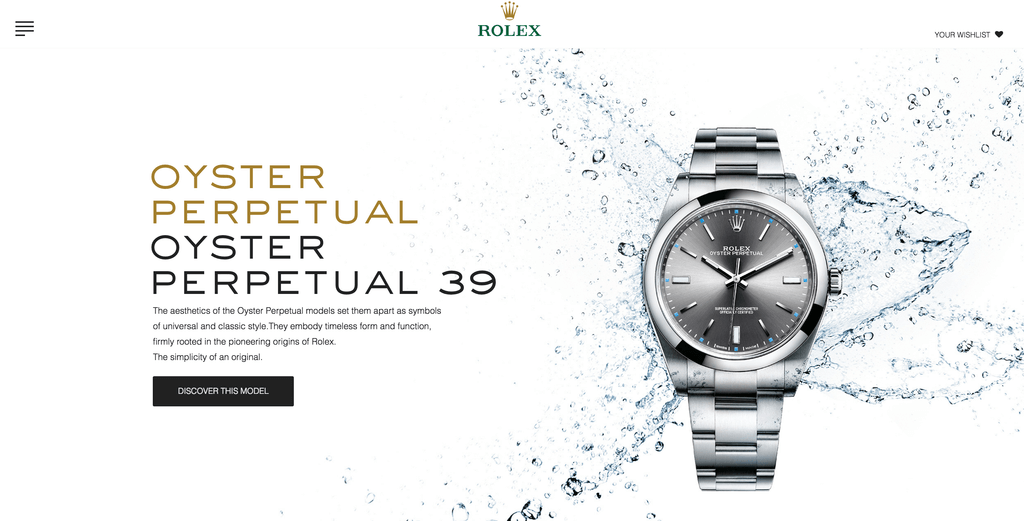
Rolex is sophisticated and sleek, just like its watch.
Lego
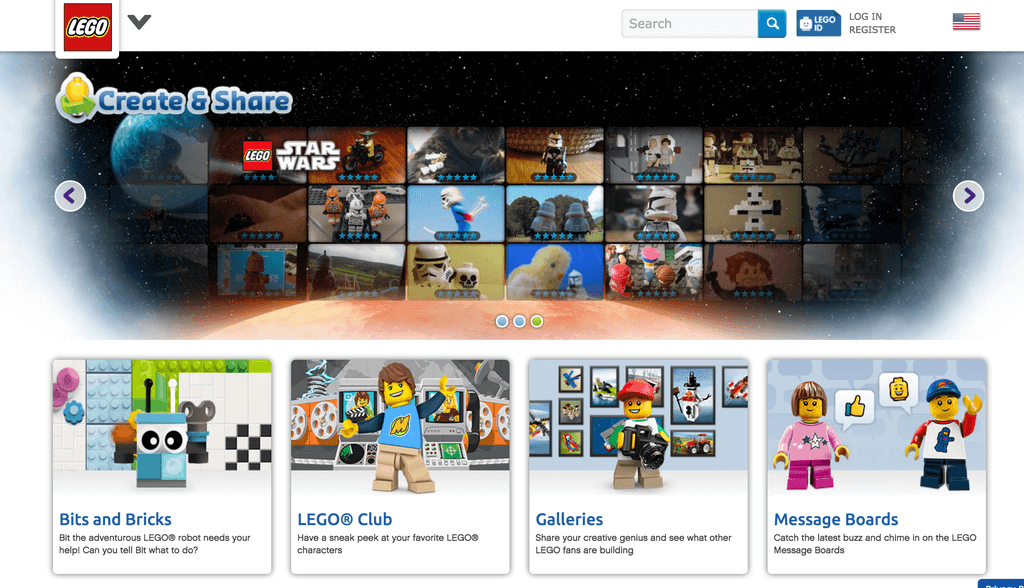
Lego is full of color and activity just as are the children who play with these blocks.
Some images need to convey humor. Here is one for a site called truthfacts.com that takes humorous images and jokes from contributors.
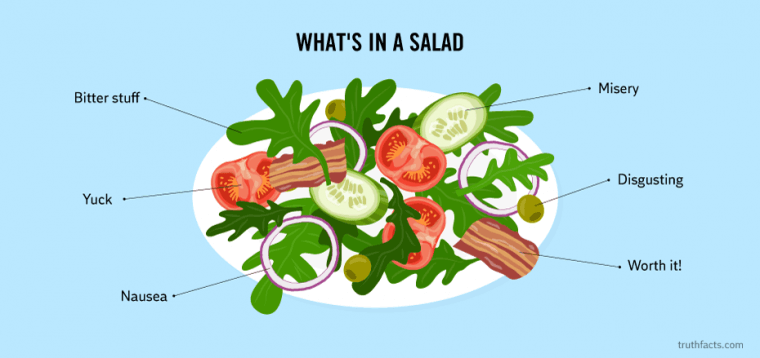
4. Color Choices:
Yes, there is an entire field of psychology that deals with color, and the visceral, mood, and other psychological responses they evoke. Here is an infographic demonstrating the type of emotional responses designers can get based on the colors they use:
Becoming an Expert on Psychology
Some of the psychology of design you may have learned in school, or not. If you want to become more expert, and you really should if you want to grow in your field, consider taking a course on it. While traditionally such courses were taught only at brick and mortar schools of design and universities, changing attitudes about learning online have resulted in some amazing design courses taught by some amazing people. You will be able to transfer what you learn to your designs immediately.
Human psychology touches all fields of learning, business, and both the arts and the sciences. As a designer, understanding how to evoke the responses you want and creating designs that do just for clients will put you in high demand.


